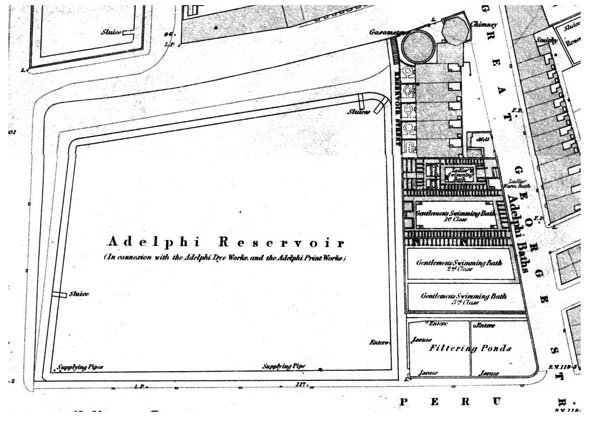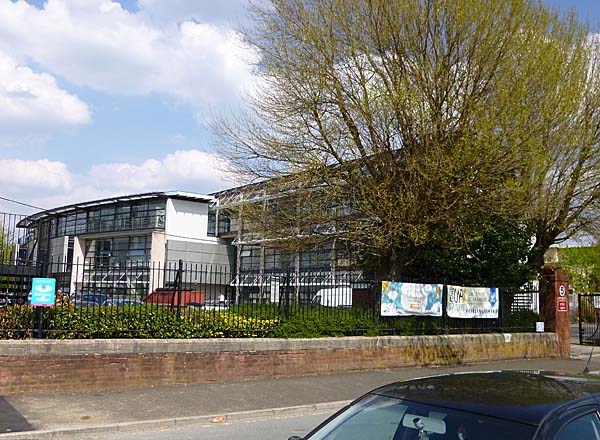| Architect |
Hodder Associates |
|
Date Built |
Completed
1995 |
| Location |
University of Salford's Adelphi Campus. |
| Description |
|
The Centenary Building is the most modern of the buildings on the University of Salford's Adelphi Campus. It is home to School of Art and Design. The university's Campus Plan, published in 2011, state that, " ... at present, the University uses are dispersed at a number of locations, some of which are separated by physical barriers. To overcome this fragmentation, it is proposed to bring the University functions closer together thereby concentrating the majority of activities on Peel Park Campus and Frederick Road Campus with a new facility at MediaCityUk. This will help to bring the University elements together (teaching, learning and living) and allow the rationalisation of its learning resource facilities. Consolidating on the core site will also release properties and sites that can be disposed to generate income." It appears that, despite the fact that it is relatively new building, the Centenary Building is one that the university will be "releasing". It was designed by the architectural practice of Hodder Associates and built between 1994 and 1995. It was the recipient of the first Stirling Prize in 1996. The "Lancashire: Manchester and the South East" Pevsner Guide describes it as consisting, " ... of three parts, a four storey block facing E containing studios and seminar rooms, a three-storey strip of staff and teaching rooms, and a W-facing block with lecture theatres, studios, etc. ... The N entrance façade with strong curving forms and angled swooping forms, with grey cladding and much glass." The Stirling Prize Jury said this about the Centenary Building, “ Despite being built quickly and cheaply – the team had to be on site in just twelve weeks after appointment – the building is a dynamic, modern and sophisticated exercise in steel, glass and concrete. They have bowed out the main facade to create a wide studio and lecture theatre space with indirect daylighting; breaking the ‘internal street’ with galleries and bridges, and exposing rooms to this central space to give an air of purpose and animation.” The site has had a rather interesting history. The 1844 OS map indicates that most of the block defined by Adelphi Street - Peru Street - Great George Street and Cannon Street was occupied by the Adelphi Reservoir associated with the Adelphi Dye Works and the Adelphi Calico Print Works. However, on the Great George Street end, occupied today by the Centenary Building's car park, there was a swimming baths with a Lady's Swimming Bath and "Warm Bath" as well as swimming baths for First, Second and Third Class Gentlemen.  |
|
Centenary Building - University of Salford  |